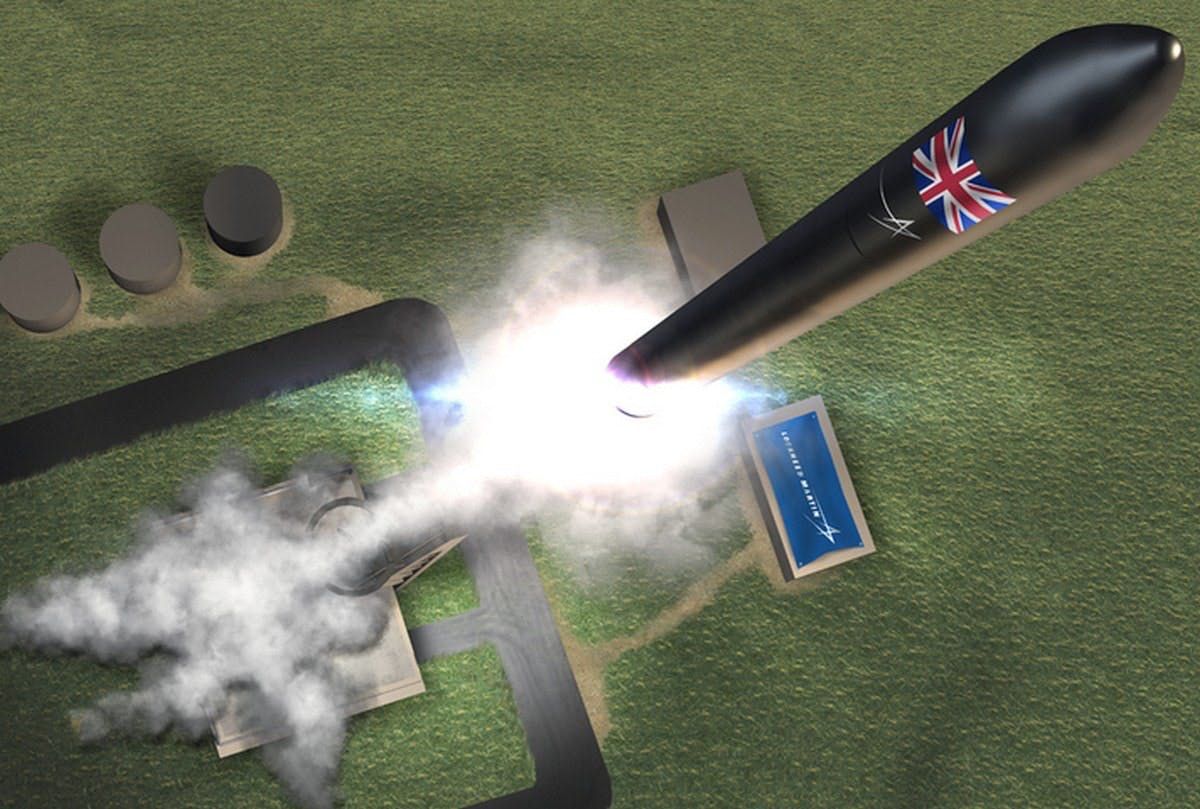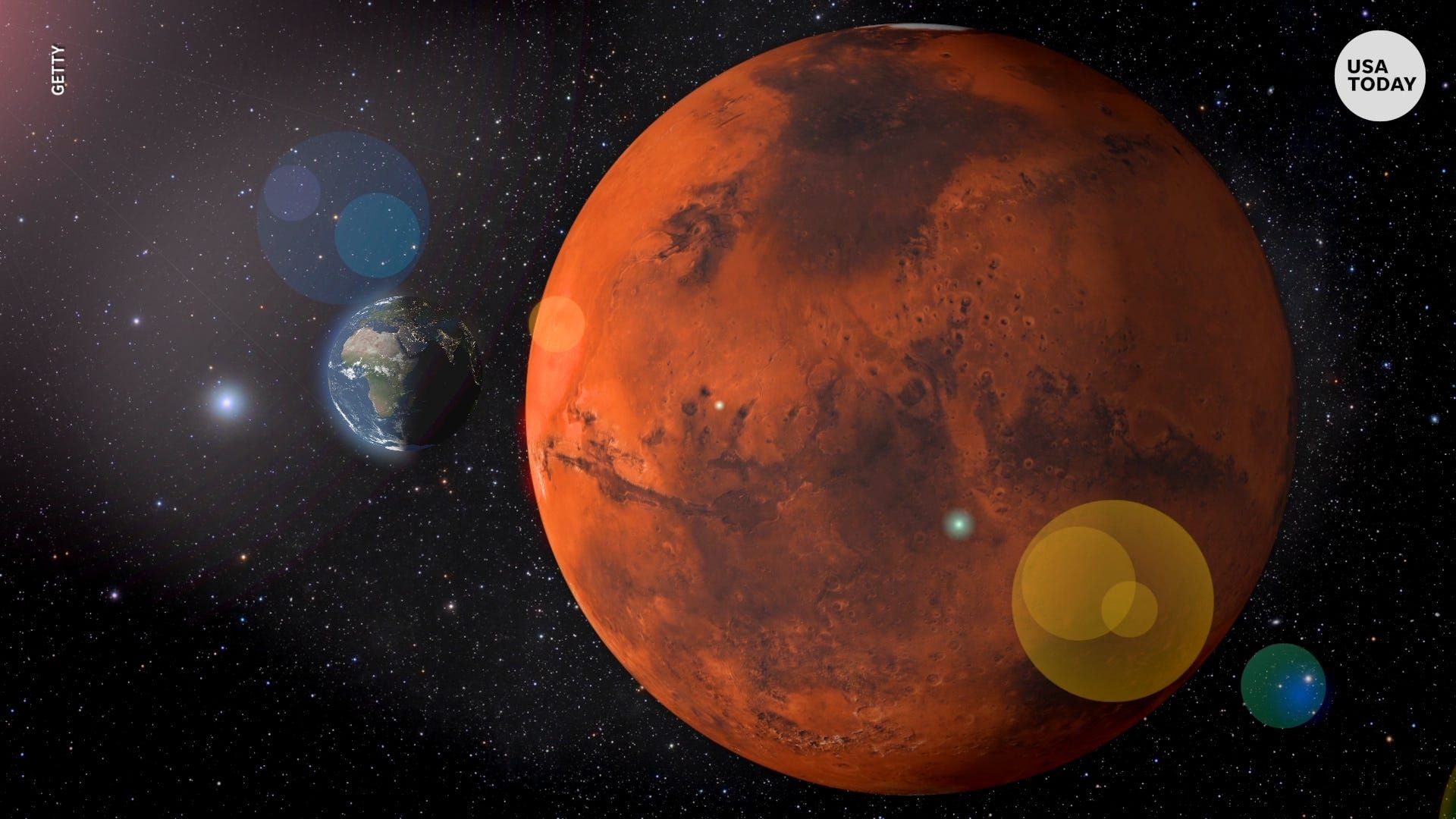International Effort to Set Rules of Behavior in Space
Article by Sandra Erwin February 24, 2021 (spacenews.com)
• The commander of the US Space Command, Major General DeAnna Burt (pictured above) says that international momentum is building for the adoption of a binding set of rules to make space safer and sustainable. A December 2020 UN resolution proposed by the UK will focus on a set of rules curtailing irresponsible or potentially threatening activities in space, and on reducing the risks of misunderstandings and miscalculations. The United States and allies including Canada, France, Germany Australia and New Zealand are now drafting language for the rules and the US Space Command is taking a central role. The UN has asked countries to submit input by May 3rd.
• This effort comes amid growing alarm about Russia’s anti-satellite weapon tests and concerns that the proliferation of satellites and debris is rapidly cluttering Earth orbit. US Space Command has grown especially mistrustful of Russia following recent tests of weapons that could be used to target satellites in low Earth orbit. In 2020 Russia tested two direct-ascent weapons. It also tested a co-orbital system that the United States claims was aimed at a US intelligence satellite.
• The 1967 Outer Space Treaty remains the basis for international space law but experts say the treaty has become outdated. For example, it bans the use of weapons of mass destruction in space but countries now deploy dual-use spacecraft that can be used for peaceful and military purposes.
• For decades there have been calls for the UN and other organizations to figure out a way to deter these types of activities and move forward as more nations engage in space operations. “[W]e want to see something that is binding. …The problem with previous UN resolutions is that they were non-binding”, said Burt. “We’re going to prepare what we believe will be proposal language that will go to the UN and hopefully result in a binding resolution,” she said. “[I]t’s going to be something we can all agree to.”
• It’s not just the U.S. and allied governments that care about this, said Burt. Private satellite owners and operators from many nations “have a vested interest in keeping the domain safe, sustainable and free for all to use,” says Burt. “There’s been a lot of (global) exploration over hundreds of years and we’ve established norms that become laws about the rules of the sea” under a long-standing maritime domain model. “How we operate in the space domain needs very similar kinds of customs and processes.” Any agreement has to clearly define what constitutes threatening, hostile or irresponsible behavior, Burt said. Based on that, a nation could decide if a particular action in space constitutes an act of war or if it can be handled through diplomatic or economic sanctions.
• Over the past decade, China and Russia have floated treaty proposals to ban weapons in space, but the United States has rejected them as unacceptable. The U.S. is not calling for a ban on specific weapons, Burt said. “The Chinese and the Russians have already put weapons in space. So I think we’re way past having a conversation about regulating them per se, which is why we focus on norms of behavior.” With regard to anti-satellite weapons, “I don’t think you can you can put that genie back in the bottle.”
• With more nations now involved in space, there are concerns beyond the use of weapons, such as safety of flight so that satellites do not collide with each other, said Burt, who spent 28 years in the U.S. Air Force operating satellites. Safety concerns will only grow as more humans start going to space, she added. Any international agreement also should hold accountable actors who create long-term debris. “That is something that we see is one of the biggest concerns,” she said. “We need to define what is long-term debris but a clear example is China’s 2007 anti-satellite test. We are still tracking debris from 2007.”
• Awareness of what other countries are doing will help attribute actions, said Burt. In instances when someone threatens a U.S. satellite, ideally “we want to show a picture … and share that on the national news” the same way the Air Force shows videos of aerial bombing campaigns. Most U.S. intelligence about the space domain is classified, however. Burt said U.S. Space Command leaders are working with the intelligence community to “declassify things we need to talk about to the American people.”
 WASHINGTON — The United States and allies are drafting language in support of an international effort to adopt rules of behavior in space, U.S. Space Command’s Maj. Gen. DeAnna Burt told SpaceNews.
WASHINGTON — The United States and allies are drafting language in support of an international effort to adopt rules of behavior in space, U.S. Space Command’s Maj. Gen. DeAnna Burt told SpaceNews.
Burt is the commander of U.S. Space Command’s combined force space component at Vandenberg Air Force Base, California. She said international momentum is building for the adoption of a binding set of rules to make space safer and sustainable.
U.S. Space Command is taking a central role in this effort amid growing alarm about Russia’s anti-satellite weapon tests and concerns that the proliferation of satellites and debris is rapidly cluttering Earth orbit.
concerns that the proliferation of satellites and debris is rapidly cluttering Earth orbit.
Burt said a team of Defense and State Department officials is drafting language on the U.S. position on a resolution approved in December by the United Nations General Assembly which calls for “norms, rules and principles of responsible behaviors” in space. The UN has asked countries to submit input by May 3 for inclusion in a report to be reviewed by the UN General Assembly this summer.
The problem with previous UN resolutions is that they were non binding, said Burt. “We’re going to prepare what we believe will be proposal language that will go to the UN and hopefully result in a binding resolution,” she said. “There’s a lot of good work happening on the international stage.”
For decades there have been calls for the UN and other organizations to figure out a way forward as more nations engage in space operations. The 1967 Outer Space Treaty remains the basis for international space law but experts say the treaty has become outdated. For example, it bans the use of weapons of mass destruction in space but countries now deploy dual-use spacecraft that can be used for peaceful and military purposes.
FAIR USE NOTICE: This page contains copyrighted material the use of which has not been specifically authorized by the copyright owner. ExoNews.org distributes this material for the purpose of news reporting, educational research, comment and criticism, constituting Fair Use under 17 U.S.C § 107. Please contact the Editor at ExoNews with any copyright issue.


 Space has long been recognised as a potential domain of warfare – indeed, it was one of the major
Space has long been recognised as a potential domain of warfare – indeed, it was one of the major  motivating factors in establishing the international legal framework for space activities in the form of the Outer Space Treaty 1967. Space continues to be viewed as an area of strategic importance for military capability, and satellites are increasingly viewed as essential components of critical communications for military and defence purposes. In recent years, many space-faring countries and international organisations have made clear the importance of space and space technology to their current and future defence.
motivating factors in establishing the international legal framework for space activities in the form of the Outer Space Treaty 1967. Space continues to be viewed as an area of strategic importance for military capability, and satellites are increasingly viewed as essential components of critical communications for military and defence purposes. In recent years, many space-faring countries and international organisations have made clear the importance of space and space technology to their current and future defence.

 Yesterday, the lander of the Chinese probe “Chang’e-5” successfully separated from the orbital module and started landing on the Moon. It must collect and deliver samples of lunar soil to Earth. This is the next stage of an ambitious program, the ultimate goal of which is a permanent base on the satellite. Roscosmos and NASA are also planning “lunar cities.” About what will be the first human settlement outside of our planet is in the material.
Yesterday, the lander of the Chinese probe “Chang’e-5” successfully separated from the orbital module and started landing on the Moon. It must collect and deliver samples of lunar soil to Earth. This is the next stage of an ambitious program, the ultimate goal of which is a permanent base on the satellite. Roscosmos and NASA are also planning “lunar cities.” About what will be the first human settlement outside of our planet is in the material.









 The 2019 movie Ad Astra had a US military base on the moon and a memorable battle scene involving a moon rover, implying that by late this century the moon will be heavily militarised. A question now being discussed in space policy circles is whether fact will follow science fiction, as the US Space Force considers exactly what its role will be. It has some pretty ambitious ideas, and a recent report indicates that its thinking will be shaped by a deep astrostrategic perspective.
The 2019 movie Ad Astra had a US military base on the moon and a memorable battle scene involving a moon rover, implying that by late this century the moon will be heavily militarised. A question now being discussed in space policy circles is whether fact will follow science fiction, as the US Space Force considers exactly what its role will be. It has some pretty ambitious ideas, and a recent report indicates that its thinking will be shaped by a deep astrostrategic perspective. researching the idea of military bases on the lunar surface. The academy’s Institute for Applied Space Policy and Strategy has a ‘military on the moon’ research team that was set up ‘to evaluate the possibility and necessity of a sustained United States presence on the lunar surface’. The focus seems to be on a military base, though there’s little information on exactly what they’re planning.
researching the idea of military bases on the lunar surface. The academy’s Institute for Applied Space Policy and Strategy has a ‘military on the moon’ research team that was set up ‘to evaluate the possibility and necessity of a sustained United States presence on the lunar surface’. The focus seems to be on a military base, though there’s little information on exactly what they’re planning.

